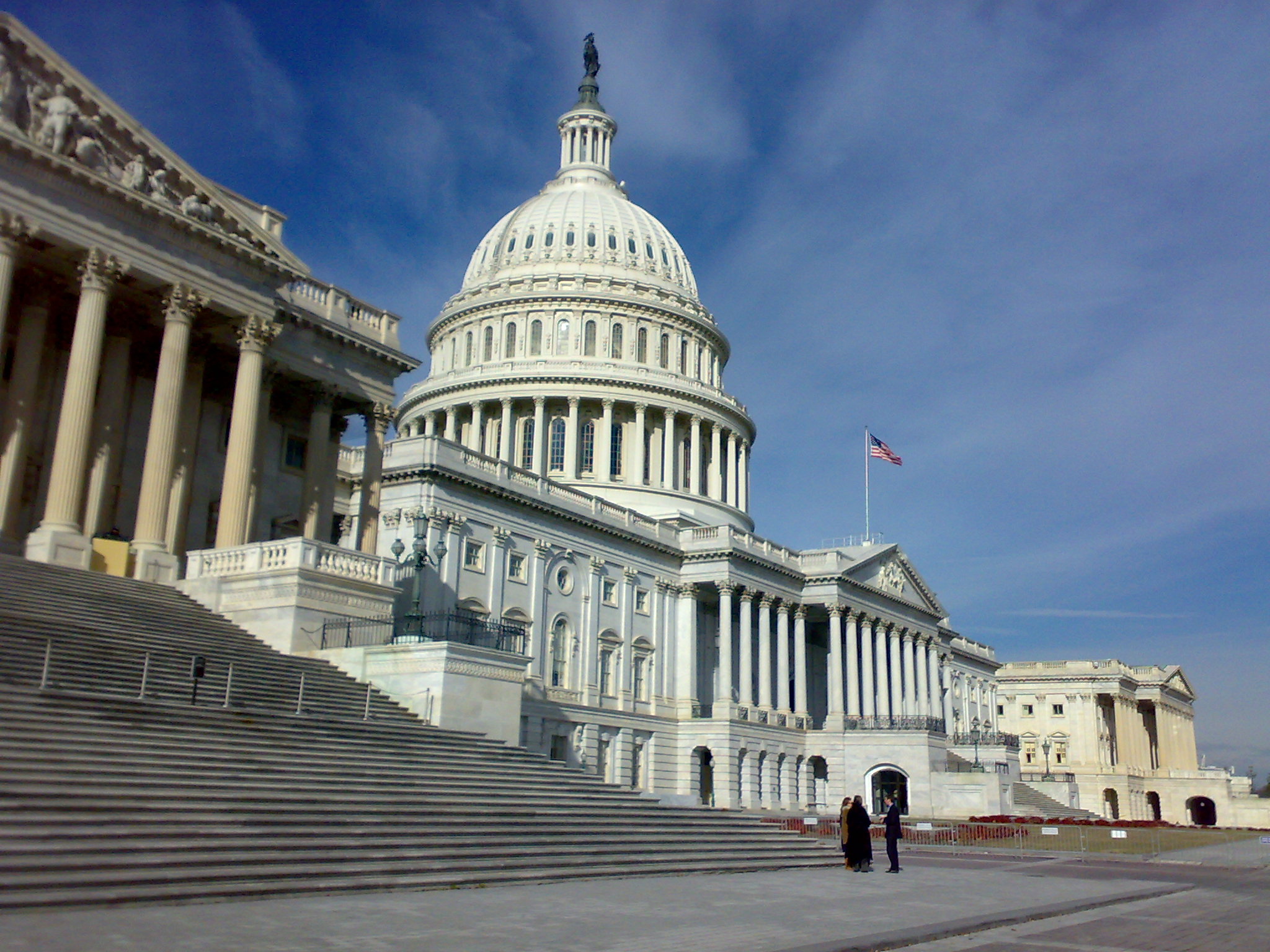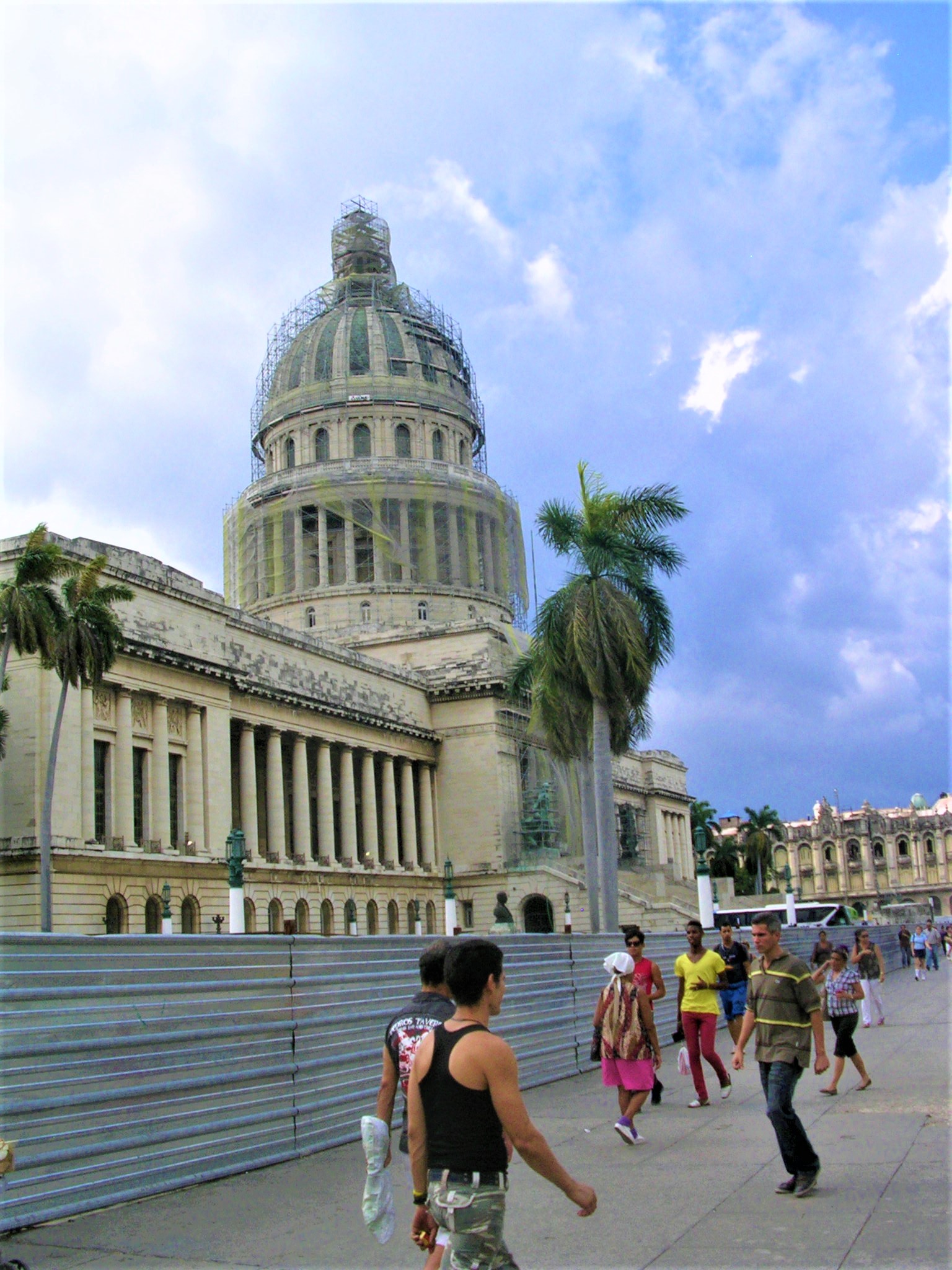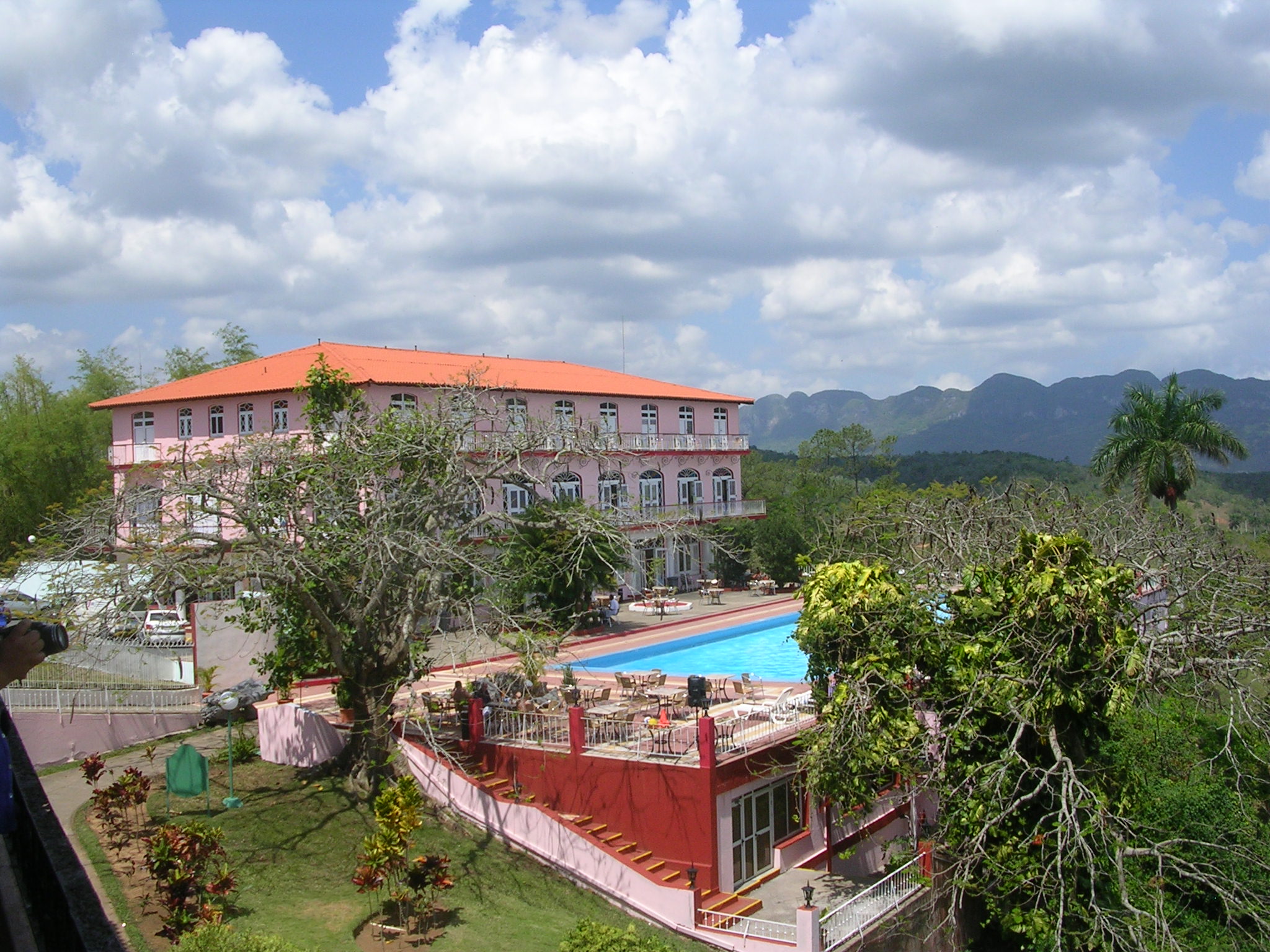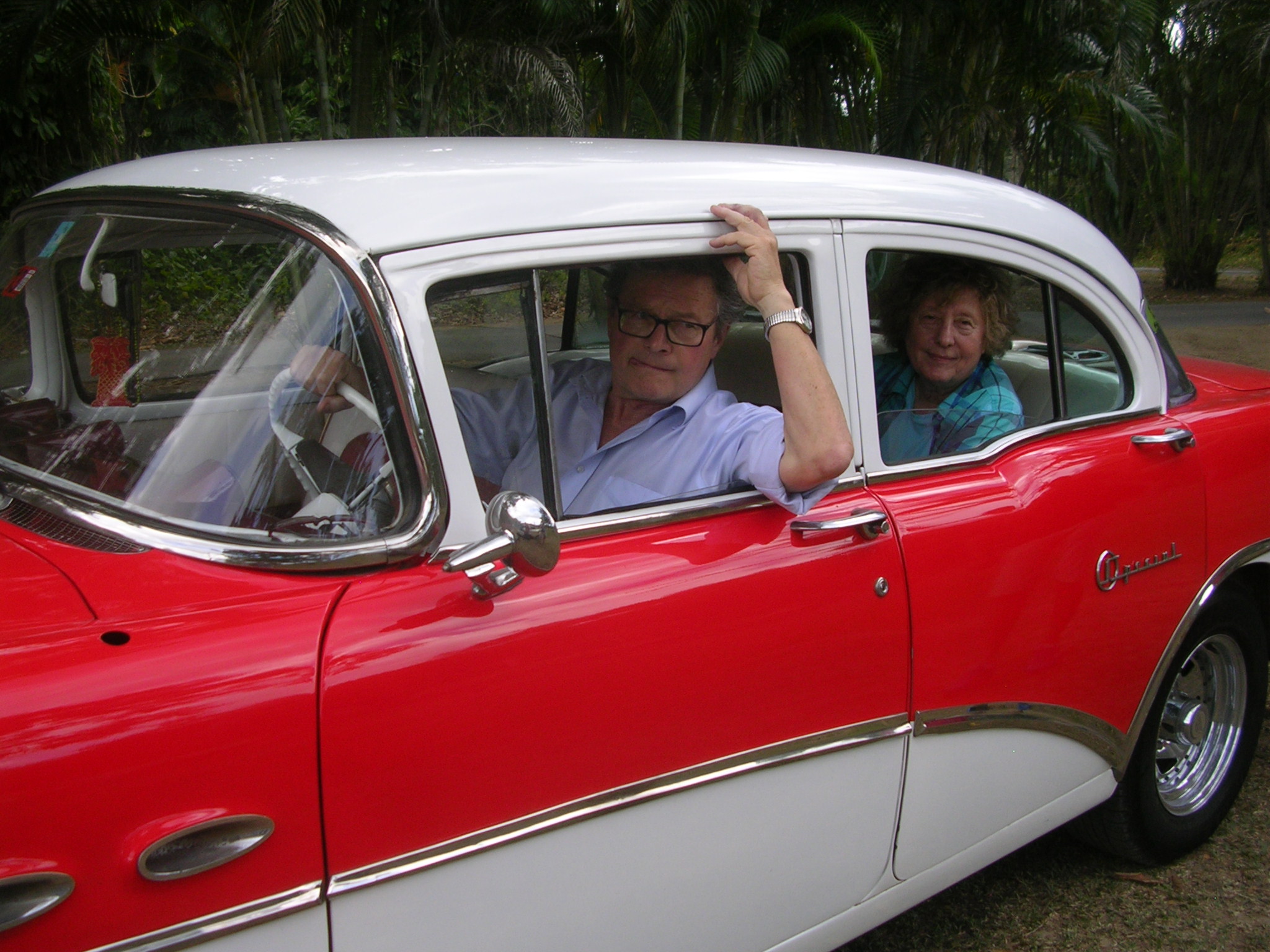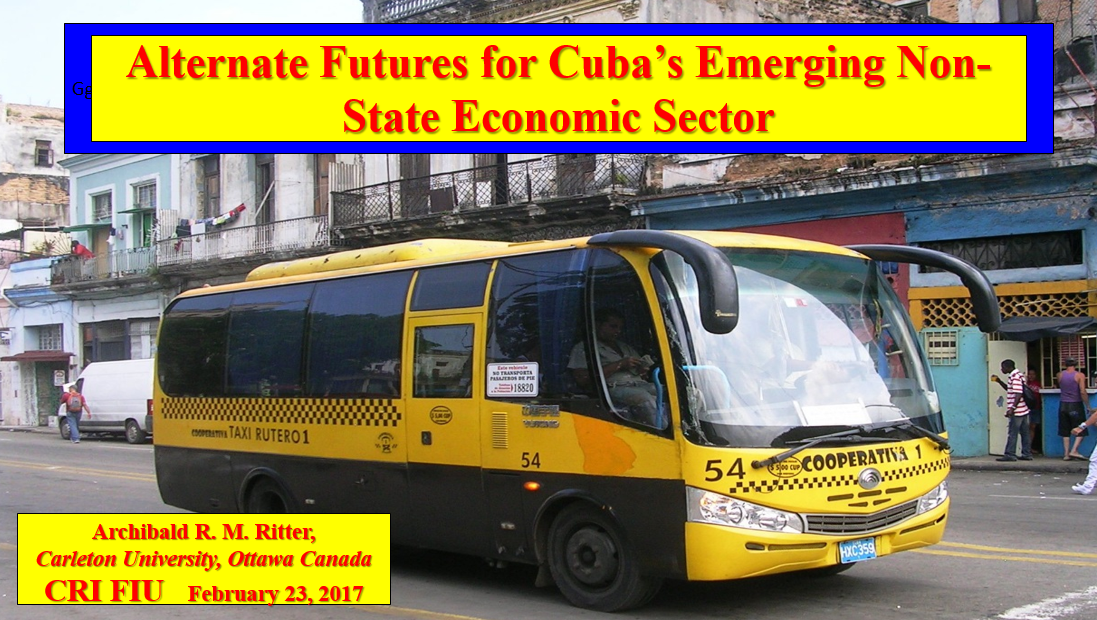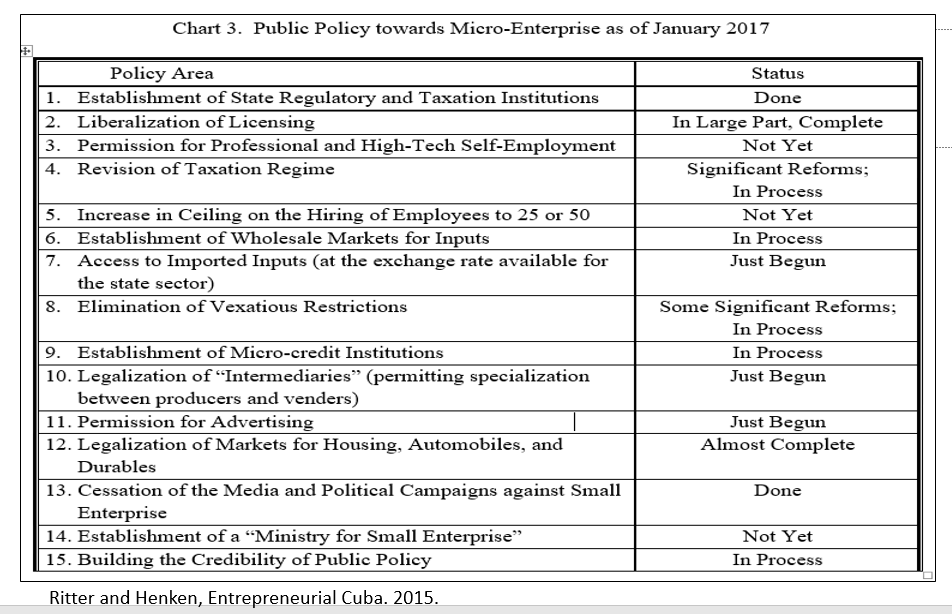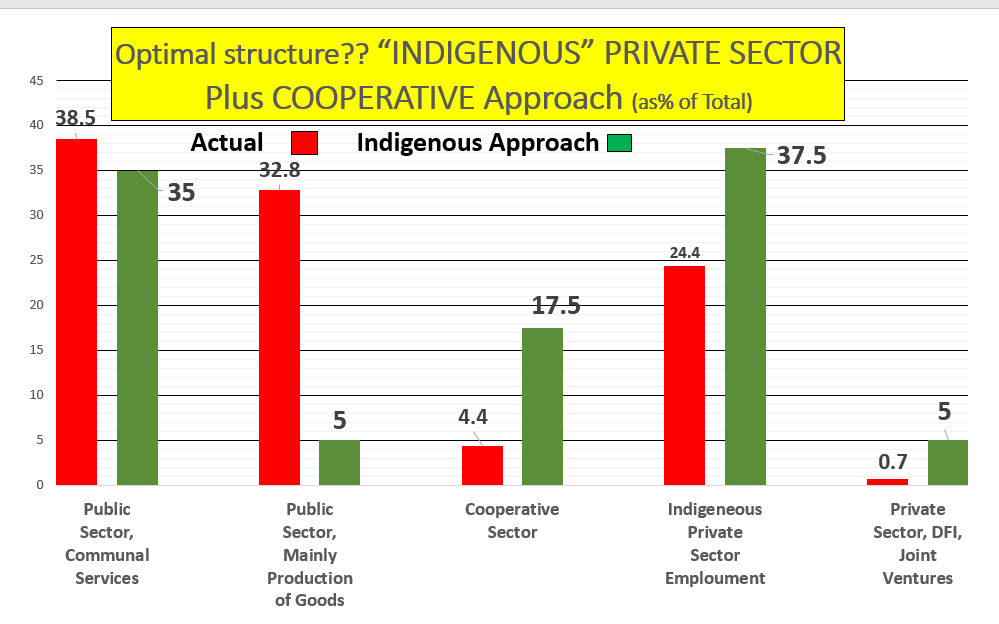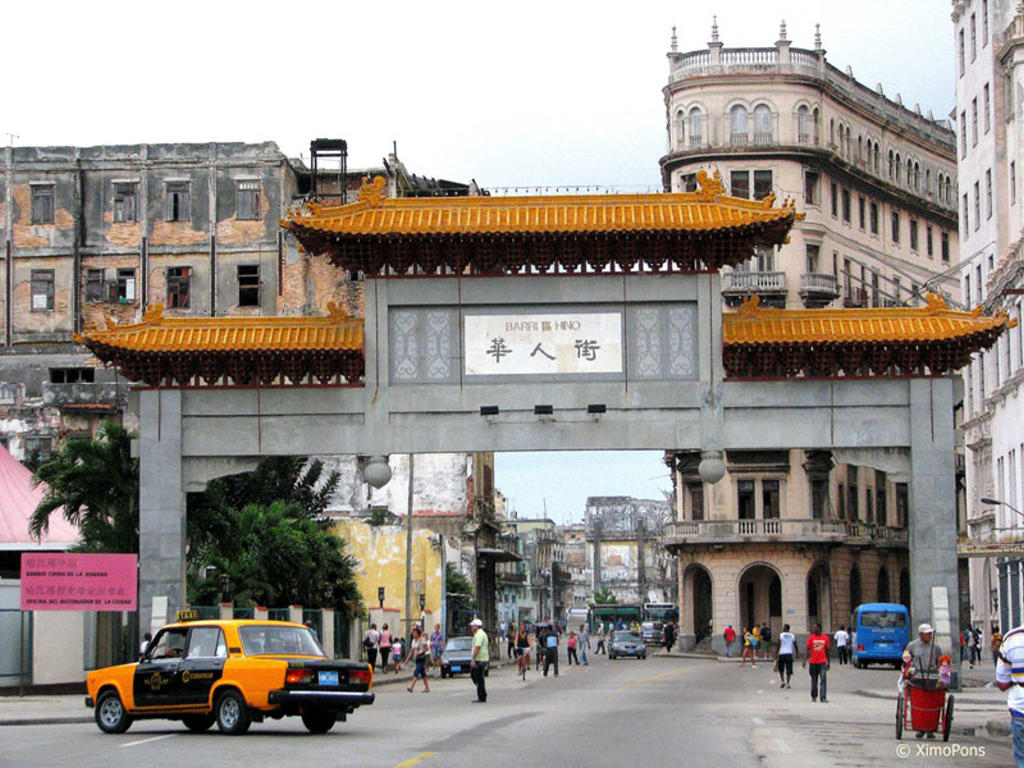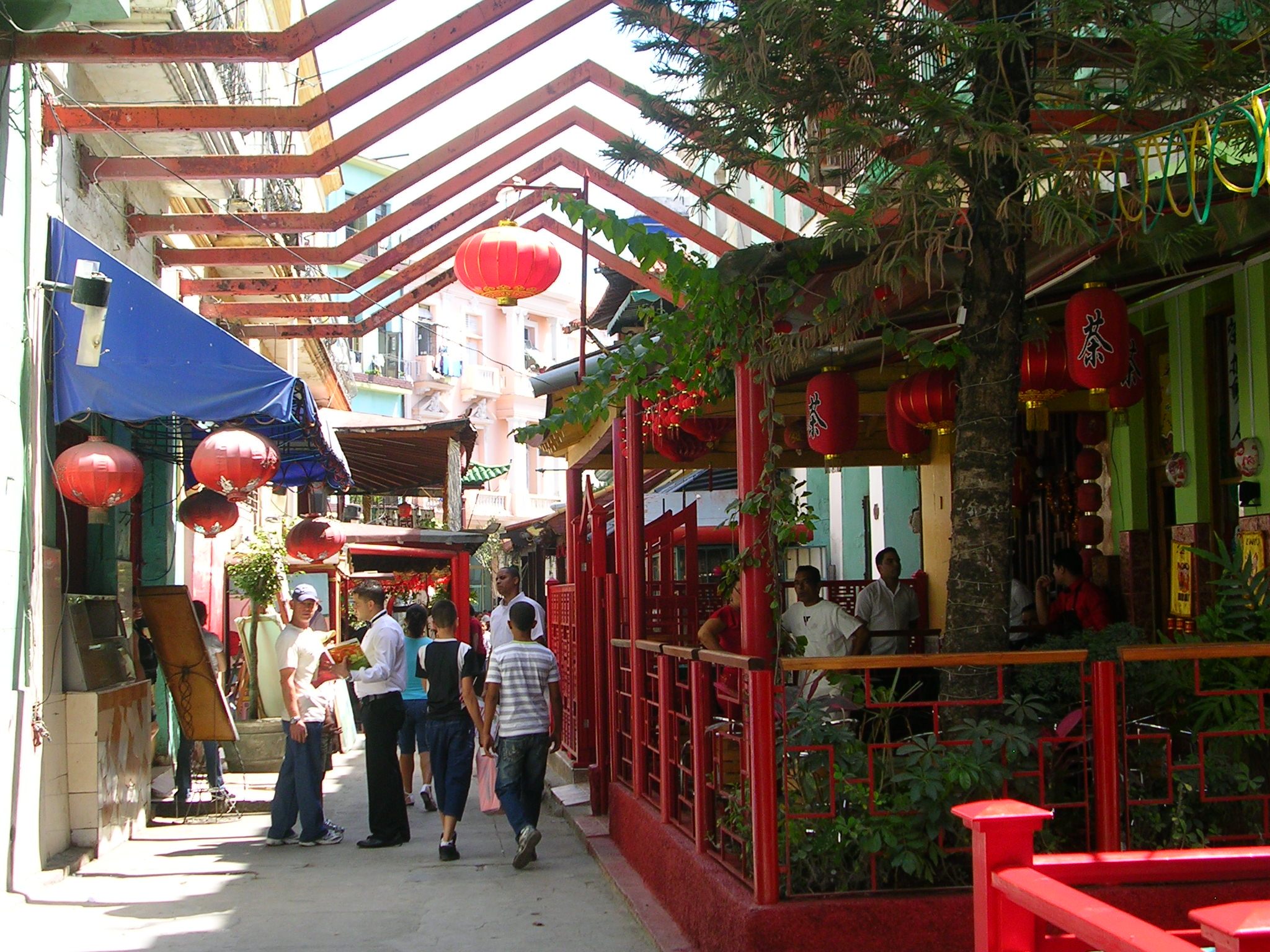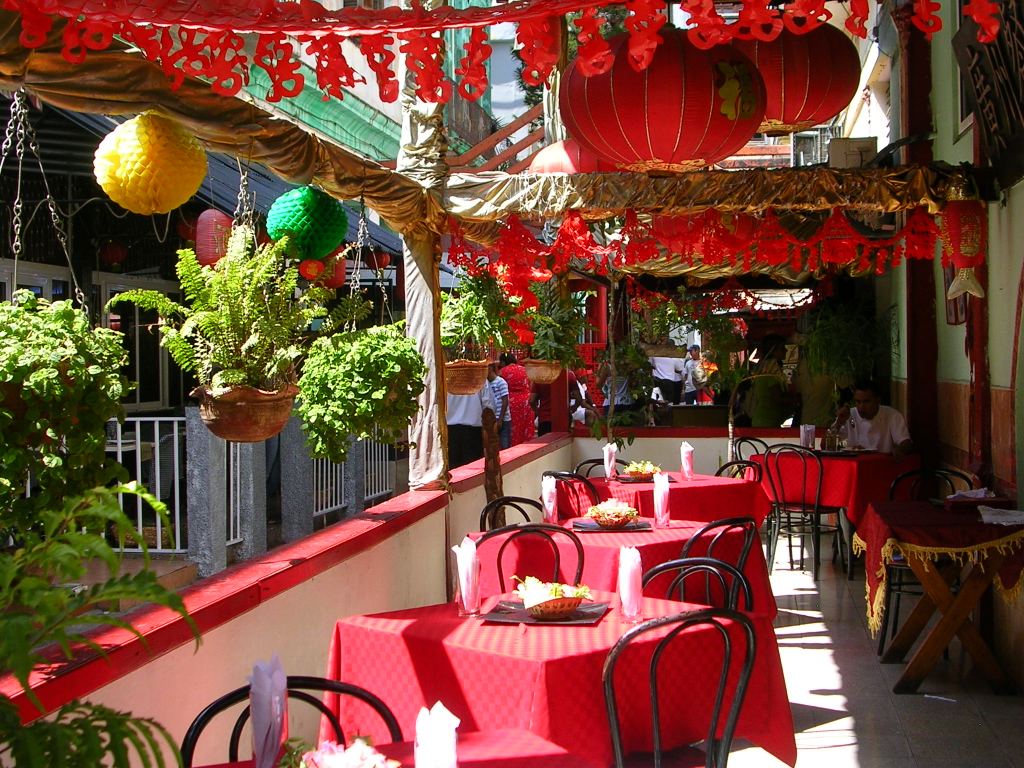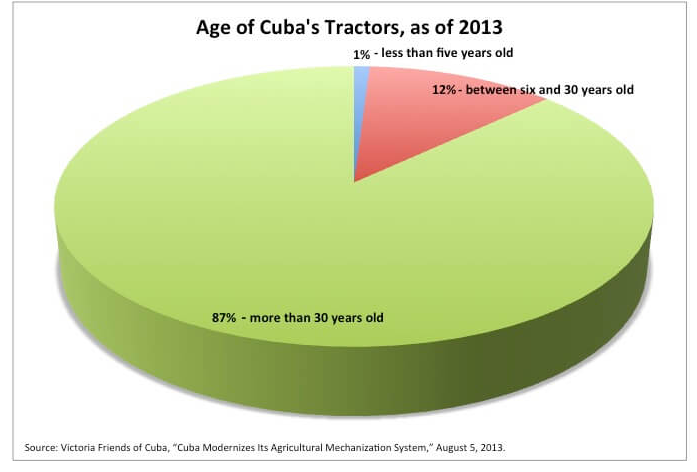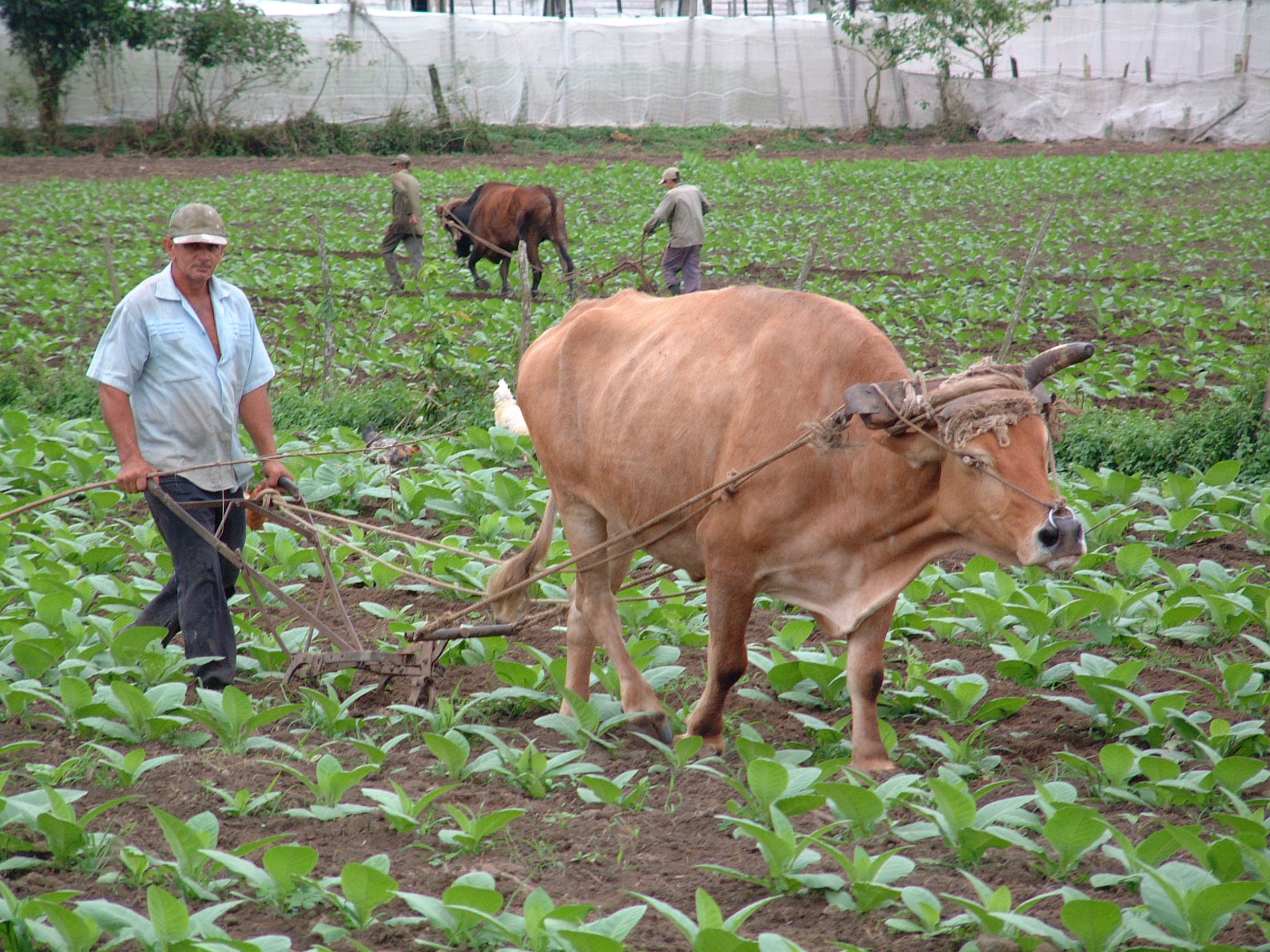Yvon Grenier, Profesor del Departamento de Ciencias Políticas, St. Francis Xavier University, Nova Scotia, Canadá.
CONVIVENCIA, Abril, 2017
Original Article: http://www.convivenciacuba.es/index.php/sociedad-civil-mainmenu-53/1459-ciencias-sociales-despolitizacion-y-el-elefante-azul
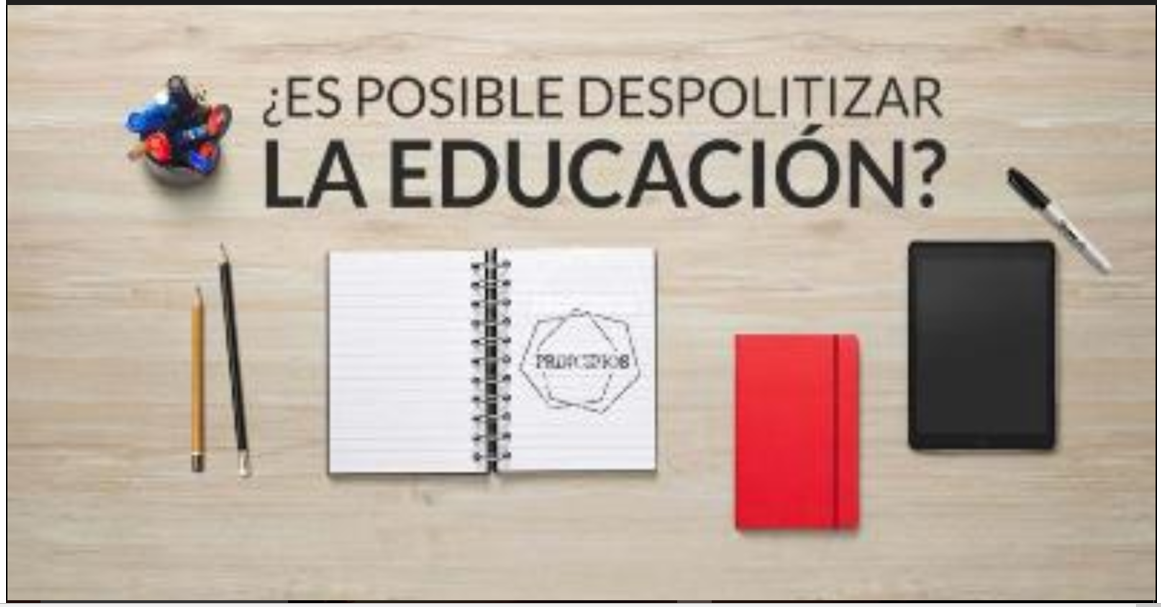 Cuando una sociedad se corrompe, lo primero que se gangrena es el lenguaje. La crítica de la sociedad, en consecuencia, comienza con la gramática y con el restablecimiento de los significados”. Octavio Paz, Postdata (1970).
Cuando una sociedad se corrompe, lo primero que se gangrena es el lenguaje. La crítica de la sociedad, en consecuencia, comienza con la gramática y con el restablecimiento de los significados”. Octavio Paz, Postdata (1970).
Desde el triunfo de la revolución, el gobierno cubano se ha esforzado para despolitizar la sociedad, “achicando” el lenguaje utilizado para hablar de política en el país. En la conocidísima novela “1984” de Orwell, desde hace poco desbloqueada en la isla, la “neolengua” se explica como un proyecto a largo plazo de reducción del lenguaje y de disminución del alcance del pensamiento. El triunfo de la revolución cubana (un triunfo de la voluntad política) condujo al fin en la isla de la disciplina académica que analiza el uso del poder en la sociedad: la ciencia política. Como el término “política” se hizo equivalente, tanto en la teoría como en la práctica, con la revolución, el socialismo y el marxismo-leninismo, la ciencia política desapareció durante la primer década del régimen, (como la sociología de 1980 a 1991), para ser reemplazada por un “diamat / hismat” tanto como ideología oficial que como un paradigma obligatorio en las universidades.
Los estudiosos cubanos parecen estar de acuerdo en que una “renovación” del discurso/paradigma comenzó a tener lugar durante la segunda mitad de los años ochenta, a raíz de la campaña oficial de “rectificación de errores”. Pero aún así, como sustituto a la ciencia política, lo que todavía encontramos en Cuba son las ciencias sociales y humanidades blandas que hablan de política, de diplomacia y de administración pública, pero nunca de poder y de quién lo tiene. Imagina esa situación: un montón de gente en una habitación con un elefante azul en el medio, y el reto es hablar de lo que está pasando en la habitación, sin hablar jamás del deslumbrante mamífero.
En un artículo reciente, el economista canadiense Arch Ritter destaca algunas de las implicaciones de esta situación. Para él, “una de las consecuencias de la ausencia de la disciplina de ciencia política en Cuba es que solo tenemos una vaga idea de cómo funciona realmente el gobierno cubano. ¿Quién en el Politbureau y el Comité Central del partido realmente toma decisiones? ¿Hasta qué punto y cómo las presiones de las organizaciones de masas afectan realmente a la toma de decisiones, o el flujo de influencia siempre es de arriba a abajo y no el inverso? ¿Qué papel desempeñan las grandes empresas conglomeradas que se encuentran en la economía del dólar internacionalizada y la economía del peso en el proceso de formulación de políticas? ¿La Asamblea Nacional es simplemente una concha vacía que, por unanimidad, aprueba cantidades prodigiosas de legislación en períodos de tiempo extremadamente cortos?” Enseguida pregunta retóricamente: “¿Por qué este análisis político está esencialmente prohibido en las universidades cubanas? Puedes adivinar la respuesta” -concluye Ritter. Bueno, sí, podemos: tiene que ver con los tabúes acerca del elefante azul. Pero la respuesta completa no es tan obvia. La ciencia política puede existir bajo un régimen no democrático. Y de nuevo, vale la pena explorar por qué un país desbordado de política, donde casi nada sucede sin la intervención del gobierno y la inapelable revolución, es a la vez extrañamente apolítico. Por apolítica quiero decir que a pesar de toda la inflación de los símbolos políticos y el llamado popularmente “teque”, no hay espacio para discusiones políticas genuinas, debates verdaderos y análisis del proceso político, y escasas fuentes confiables de información y datos sobre “quién obtiene qué, cuándo y cómo”, para utilizar la definición de la política del politólogo Robert Dahl. La política está en todas partes, pero como un tótem, no como un proceso deliberativo en el sentido de Aristóteles o Hannah Arendt.
En el ámbito de la expresión pública en Cuba, es generalmente posible: 1. Deplorar públicamente los errores cometidos en el pasado (especialmente durante el purgatorio llamado Quinquenio Gris) por malos funcionarios; 2. Lamentar la pobreza de crítica y debate en la isla como consecuencia de problemas internos tanto en el ámbito cultural y educativo como en los medios de comunicación; y 3. Examinar con algún aliento crítico los problemas sociales en Cuba, especialmente si ya han sido identificados públicamente como tales por la dirección política, pero sin discutir sus posibles causas políticas. Esos son los parámetros. En ciencias sociales, es aconsejable partir del marxismo-leninismo como fundamento metodológico e ideológico, o al menos no ponerlo en tela de juicio. Desde allí se pueden explorar teorías no-marxistas (el posmodernismo fue popular durante los años 90), pero con cuidado, sin cuestionar el paradigma único. También se acogen con beneplácito las blandas descripciones de las estructuras jurídicas y los debates técnicos sobre las políticas públicas en revistas de ciencias sociales como Temas. Por último, pero no por ello menos importante, los estudiosos de las ciencias sociales e intelectuales deben denunciar el dogmatismo y celebrar las críticas y el debate, como invariablemente lo hace el mismo liderazgo político, pero asegurándose de reafirmar los dogmas oficiales. En otras palabras, la tarea principal y el desafío para los académicos es doble: fingir el pensamiento crítico, y stay in the game (permanecer en el juego).
Previsiblemente, los “debates” en Cuba cuentan con oradores ultra-cautelosos que en su mayoría están de acuerdo unos con otros, siendo toda la energía redirigida hacia las polémicas contra los enemigos oficialmente sancionados y los flagelos intemporales del gobierno: dogmatismo, burocratismo, corrupción, descontento juvenil, residuos pre-revolucionarios del sexismo y el racismo, y por supuesto, el imperialismo norteamericano, el “bloqueo” y el orden mundial capitalista. Todos se animan para “mejorar el socialismo”, y de hecho los líderes políticos rutinariamente desafían a los “intelectuales públicos” a atreverse más, pero el espacio permitido es mucho menos tangible que la anticipación del castigo si se violan los parámetros. La mejor estrategia de supervivencia es la autocensura y la ambigüedad. En cualquiera de estos “debates” (como los de Último Jueves, por ejemplo) las soluciones a los problemas convergen hacia la posición oficialista: más participación, más compromiso con L’Etre Suprême revolución, y a mejorar un sistema político en movimiento (La Revolución sin fin) pero irrevocable (Artículo 62 de la Constitución vigente). No se puede hablar de cómo funciona el sistema político exactamente porque eso necesitaría, en Cuba, como en cualquier otro país, un examen crítico de quién obtiene qué, cuándo y cómo. Es significante que cuando unos se atreven a abordar el tema, como fue excepcionalmente el caso de un “debate” de Último Jueves en febrero de 2016, no hay ninguna discusión sobre “cómo funciona”, solamente comentarios generales sobre posibles mejoras, las cuales invariablemente pasan por una reafirmación de los objetivos oficiales.
Marxismo-Leninismo como pensée unique
El marxismo-leninismo es una ideología conveniente para el gobierno cubano por dos razones. En primer lugar, abrazar y estudiar sus textos canónicos adormece la curiosidad sobre los procesos de toma de decisiones reales bajo un tipo de régimen que fue solo un sueño durante la vida de Marx: el comunismo. Marx escribió ampliamente sobre las fallas estructurales de las sociedades capitalistas (y pre-capitalistas), pero casi nada sobre la transición al comunismo. Aparte de las nebulosas referencias a la Comuna de París y las glosas sobre las estrategias revolucionarias en su “Crítica del Programa de Gotha”, el análisis de Marx del comunismo es más teleológico que político. En Cuba de hoy, el marxismo es una ideología que permite criticar los enemigos del gobierno. En segundo lugar, el marxismo-leninismo puede usarse como una teoría o un paradigma en ciencias sociales, como ocurre en todas partes (hoy más en humanidades y estudios culturales que en ciencias sociales y no en economía). Pero en sociedades abiertas, el marxismo compite con otras teorías e interpretaciones, lo que le da una vitalidad inexistente en países donde es una pensée unique. No es sorprendente que el Marxismo no sea muy sofisticado en Cuba: la ausencia de crítica genuina, la cual pasa por la confrontación con otras perspectivas, es una sentencia de muerte para cualquier perspectiva científica o filosófica. Por consiguiente, se puede repetir infatigablemente que el marxismo cubano es crítico y humanista, al revés del marxismo soviético (i.e. del pasado) “rígido” y “mecánico” defendido (y definido) por nadie. Pero no se puede realmente explorar cual es la diferencia entre los dos. En otras palabras, se puede criticar el “estalinismo” (como desviación del modelo marxista-leninista) pero no la Constitución de Stalin de 1936.
Uno de los efectos de la parametración en ciencias sociales es la presencia de un cierto estilo de comunicación que es blando, resbaladizo y oblicuo, que finge la complejidad y termina siendo poco concreto. Rafael Hernández, director de la revista Temas, declaró en 2014, en un artículo sobre las “estructuras políticas” en Cuba, que en su país se puede encontrar:
“[…] un consenso político alterado, contradictorio y heterogéneo, en cuya reproducción convergen viejos y nuevos sujetos sociales, que son los ciudadanos cubanos reales. Estrictamente hablando, estos no están repartidos solo en fábricas y campos sembrados, cursos universitarios y maestrías de negocios, hospitales y hogares de ancianos, cooperativas, talleres de equipos electrónicos, parroquias, sino en ministerios, oficinas del PCC, batallones de artillería, escuelas superiores para la formación de cuadros de dirección, y publicaciones estatales y eclesiásticas. Estos diversos sujetos sociales ejercen su condición ciudadana desde una inusitada pluralidad, correspondiente a una gama de clases y grupos, ocupaciones, generaciones, géneros, colores de piel –además, naturalmente, de sus particulares ideas políticas”.
Conclusión
Un país no puede sobrevivir sin historiadores, matemáticos, economistas, biólogos, etc. Aparentemente sí se puede subsistir sin genuinas ciencias políticas… pero ¿a qué precio? Para funcionar bien y utilizar plenamente su capital humano, un sistema político necesita información, transparencia, examen crítico y comparativo de las políticas y de los dirigentes, con respeto pero sin miedo a la verdad. No hay sistema político perfecto, ni mucho menos. En Cuba se necesita mejores datos sobre cómo funciona realmente su sistema político, y análisis a fondo de los problemas y de sus posibles causas políticas, levantando el velo del secreto que cubre la mayoría de las transacciones políticas. Para que esa importante transición tenga lugar, mis estimados colegas tendrán que jugar un papel crucial. Historiadores de la diplomacia, filólogos marxistas y tímidos contadores de la administración pública no son sustitutos de politólogos de verdad. La iniciativa podría emerger dentro de las filas de las ciencias sociales o incluso, de institutos de investigación y centros de estudios, como Convivencia. De otra manera, el “debate” político en Cuba seguirá siendo, para parafrasear lo que Borges dijo sobre la metafísica, una rama del género fantástico.
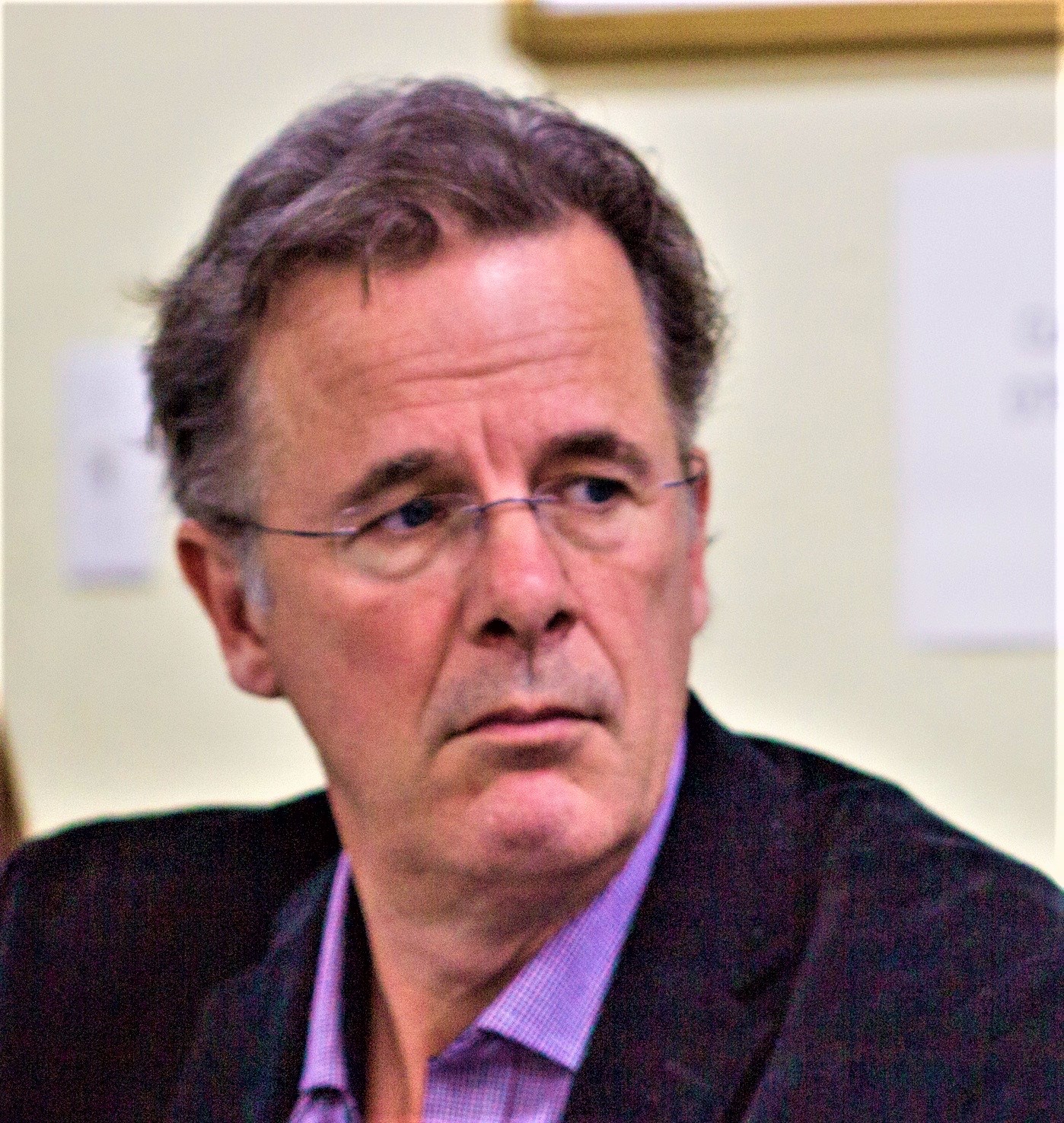 Yvon Grenier, Profesor del Departamento de Ciencias Políticas. St. Francis Xavier University, Nova Scotia, Canadá.
Yvon Grenier, Profesor del Departamento de Ciencias Políticas. St. Francis Xavier University, Nova Scotia, Canadá.




